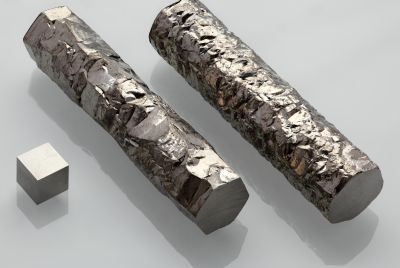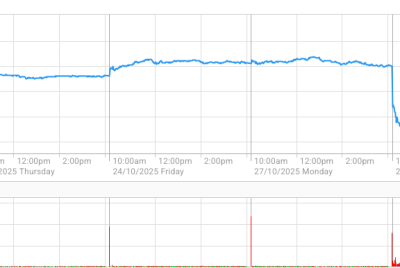Droid Razr Released; Could This Topple Nexus?
Motorola Mobility recently announced that the company would launch the new Droid Razr on 11/11/11 at 11 a.m. in the U.S. via Verizon Wireless though shipment for online orders would start on 11/10. The official launch date was no coincidence as it was chosen to partly commemorate the original birth date of Droid two years ago.
The Motorola Droid Razr boasts a 4.3-inch display size, weighs 127 grams, and is the slimmest smartphone in the market at 7.1 mm. The Motorola Droid Razr sports a 1.2GHz dual-core processor, has 1 GB of RAM and on-board storage of 16 GB. It also has expandable storage of 16GB through its MicroSD that is included in phone package. Display resolution is 960x540 pixels and camera resolution is 8 MP with 1080p video recording capability while its secondary camera has 1.3 MP. The Droid Razr also has the essentials of a smartphone like Wi-Fi, GPS, Bluetooth, HDMI and USB capability.
Coincidentally, Droid Razr's biggest rival which is the Samsung Galaxy Nexus will also be launched within the same 10-hour span in the U.S.
The Galaxy Nexus, which was co-developed by Google Inc., has a 4.65-inch 720x1280 resolution AMOLED screen, a dual-core 1.2GHz Cortex A9 chipset, with 1GB RAM and a Power VR SGX540 GPU powering the graphics. It sports a 5-megapixel camera and storage comes at 16 / 32 GB.
According to Computerworld, the biggest difference between the two phones is in the software. For the Droid Razr, it runs with Android 2.3.5 OS which is also known as "Gingerbread". On the other hand, the Samsung Galaxy Nexus houses the brand new Android Ice Cream Sandwich OS. The Android Ice Cream Sandwich is the latest and most improved version of the Android 2.0 OS since it was released. ICS features, among other things, Face Unlock (utilizing the front-facing camera, all you need to do it look at your phone to quickly unlock the screen, and Android Beam (the near field communication chip).
Motorola said the Droid RAZR will be upgraded to Ice Cream Sandwich but it will be implemented by early 2012. Until then, Galaxy Nexus has the advantage in terms of Android OS offering. In terms of hardware, there is only a slight difference as Galaxy Nexus has NFC support while the Droid Razr does not contain one. Though that is the case, Droid Razr has a solid micro-HDMU port while the Galaxy Nexus has HDMI capability through the phone's micro-USB port with the use of an adaptor.
Contract-free models of the Galaxy Nexus are available with retailers in Australia. Mobicity is offering the Galaxy Nexus for pre-order at $829, while Kogan's offering the device for $799. Telstra and other carriers have not yet released the Galaxy Nexus.
The Motorola Droid RAZR is already available for pre-order with Optus, which for now is the RAZR's exclusive carrier in the region. The phone will cost AUD$0 when purchased with a two-year AUD$79 per month Optus Cap Plan.





















